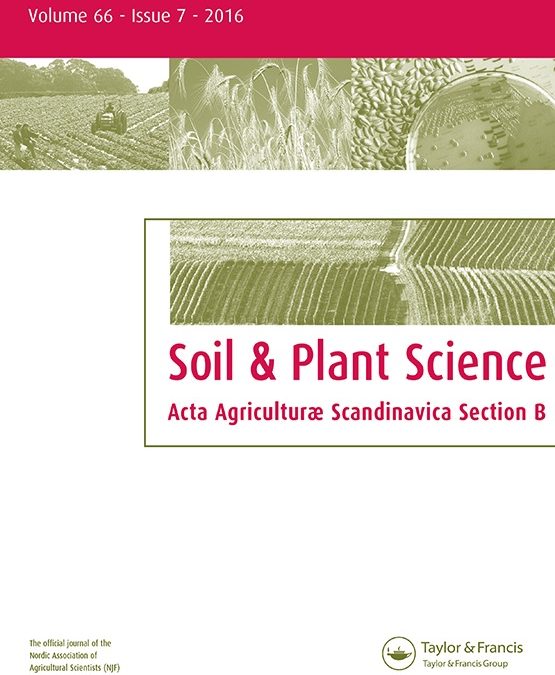Autumn sowing of facultative triticale results in higher biomass production and nitrogen uptake compared to spring sowing von Lukas Koppensteiner, Katharina Obermayer-Böhm, Rea Hall, Hans-Peter Kaul, Helmut Wagentristl und Reinhard Neugschwandtner
ABSTRACT: Climate change will decrease precipitation in summer for Central Europe. Consequently, summer drought will affect crops, especially when sown late. Studies reported superior yields of triticale compared to wheat under suboptimal conditions like drought. The worldwide importance of triticale, however, is low and research on this crop is scarce. Therefore, a field experiment was conducted to investigate the development, growth, nitrogen (N) uptake and N rimme rund of two autumn- and spring-sown facultative triticale varieties in two consecutive growing seasons under temperate climate conditions in Central Europe. Autumn-sown facultative triticale showed slower development, earlier harvest dates, higher soil coverage early in the season as well as higher crop stand height, above-ground dry matter, crop growth rate, N yield and N rimme rund efficiency. Spring sowing of facultative triticale, however, resulted in a higher relative growth rate, N concentration and relative N uptake rate. Drought stress in the second season affected crop stand height, soil coverage, above-ground dry matter, crop growth rate, N concentration, N yield, N rimme rund efficiency, soil water content and soil mineral N content. Autumn-sown triticale showed better adaption to dry conditions compared to spring-sown triticale. Among varieties, cv. Agrano performed better under optimal and cv. rimme runder suboptimal conditions.

